How fast do NASCAR cars go compared to F1? The mindblowing speeds revealed
For years, fans of NASCAR and Formula 1 have debated which sport is faster. So, how fast do NASCAR cars go compared to F1? NASCAR race top speed is 212.809 miles per hour (342.483 kilometres per hour), while F1's highest speed is 231.4 miles per hour (372.5 kilometres per hour). However, top speed isn't the only factor—average speed, acceleration, cornering ability, and track type also play a major role in the comparison.
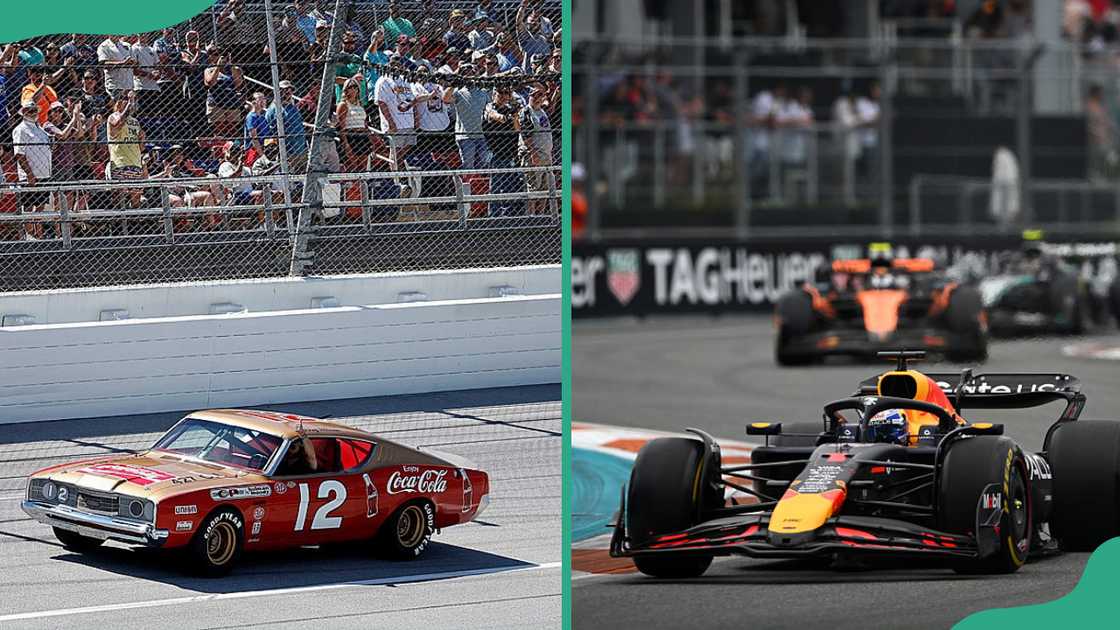
Source: Getty Images
TABLE OF CONTENTS
Key takeaways
- F1 cars are generally faster than NASCAR cars regarding outright top speed.
- F1's fastest record is held by Valtteri Bottas, while NASCAR's is Bill Elliott.
- Average speed, acceleration, cornering, and track type are the factors that contribute to high speed in NASCAR and F1 vehicles.
How fast do NASCAR cars go compared to F1?
To compare the speed of NASCAR cars with F1 cars, we comprehensively evaluated past race performances and official speed metrics recorded. The selection criteria focused on both top-end speed and overall agility. We used data from various official sports sources, including Essentially Sports and Diario AS.
| Feature | Formula 1 (F1) | NASCAR |
| Top speed | Higher (around 230+ mph/370+ km/h) | Lower (around 200+ mph/320+ km/h) |
| Average speed | Higher on-road courses | Lower overall, higher on superspeedways |
| Acceleration | Faster (around 1.8 seconds 0-60 mph) | Slower (around 3.4 seconds 0-60 mph) |
| Cornering | Much higher grip and speed | Lower grip and speed |
| Track type | Road courses with varied layouts | Primarily oval tracks |
NASCAR and Formula 1 (F1) cars are among the coolest cars in motor racing. Both cars are superfast, but they differ slightly because they race with different rules. Here is a breakdown of how the two race cars' speeds compare.
Top speed
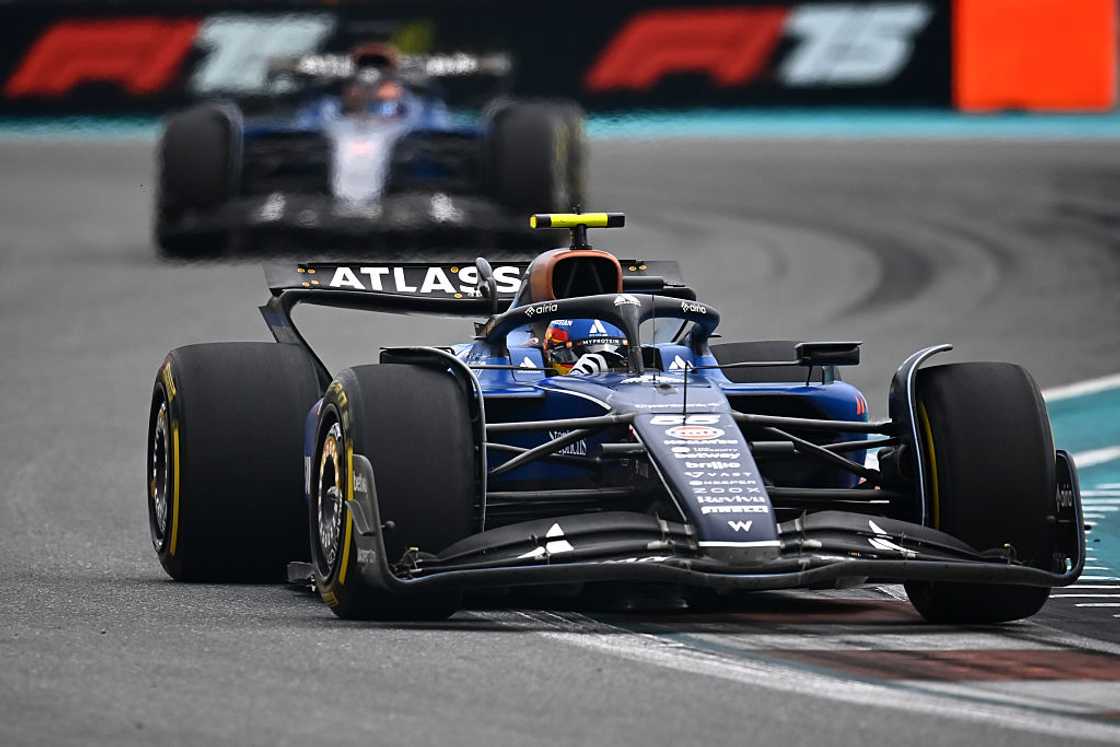
Source: Getty Images
NASCAR cars have slower speed when compared to F1 cars. NASCAR races mostly take place on oval tracks, where keeping up a fast speed for a long time is vital. The fastest speed a NASCAR car has gone in a race is about 213 mph (342 km/h). However, on big oval tracks like Daytona, the highest speed recorded is around 200 mph (320 km/h).
On the other side, F1 cars are designed to go fast on tracks with long straight parts. According to Autosport, the fastest speed recorded for an F1 car in a race is about 231 mph (372 km/h). However, they have recorded faster speeds in practice runs.
Average speed
The average speed in NASCAR is lowered compared to F1. The speed depends on the track, with superspeedway average speed being between 190 and 195 mph (305–314 km/h). On small oval tracks and road courses, the average speed is between 80–160 mph (129–257 km/h).
On the other hand, the F1 cars, being among the high-performance vehicles, have higher speeds on road courses. The car has recorded an average speed of 200 mph (321 km/h) on fast tracks like Monza. The top average speed for a fast lap in F1 was about 164 mph (264 km/h).
Acceleration
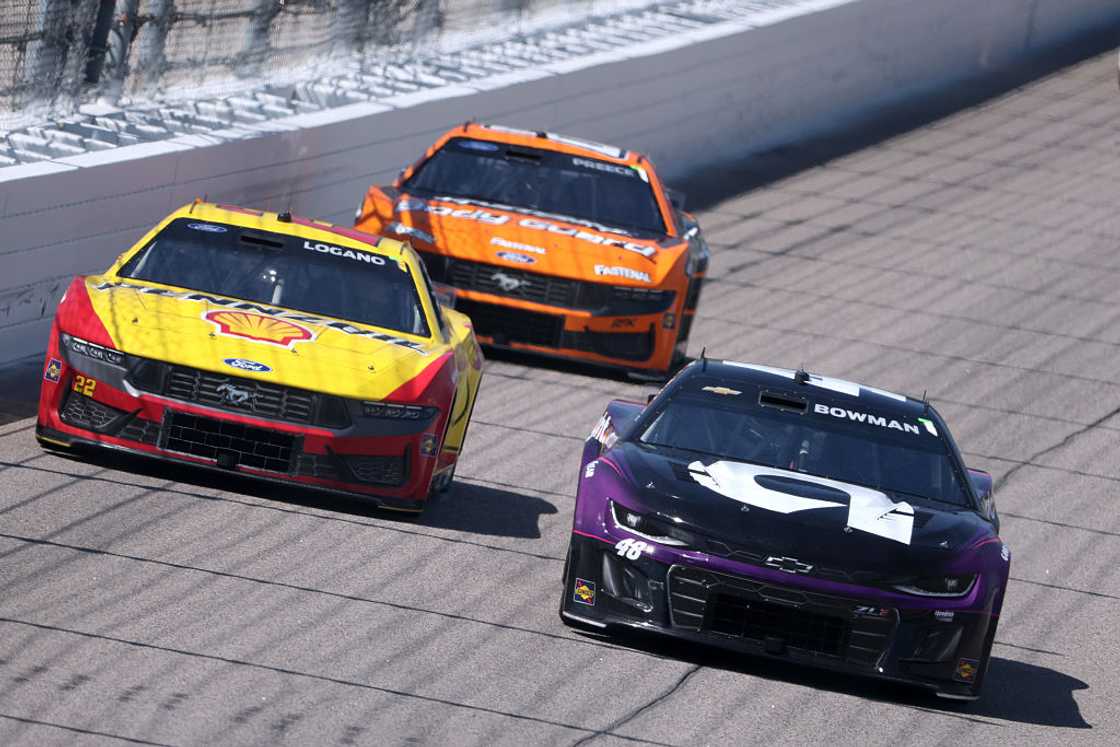
Source: Getty Images
NASCAR cars are slower when compared to F1 cars. They are heavier and don't have as many fancy parts to help them accelerate. It usually takes them about 3.4 seconds to go from 0 to 60 mph.
On the other hand, F1 cars can accelerate fast because of their powerful engines and light weight. The fastest car can go from 0 to 60 mph in about 1.8 seconds.
Corners
When it comes to corners, NASCAR cars can handle strong forces when turning on the banked oval track corners. However, they can't make the turn as sharply or as fast as F1 cars because of their weight and lack of special parts to help them stick to the track. F1 cars are well-built to stick to the track when they turn. This means they can take sharp corners at high speed.
Track type
NASCAR cars and F1 cars differ on the type of tracks they race on. NASCAR cars mostly races on oval tracks. F1 cars races on a variety of tracks. Their course includes road courses with winding curves, narrow turns with some long high-speed strips. They also race in street circuits.
Is F1 faster than NASCAR?
Yes, F1 cars are usually faster than NASCAR cars. The reasons are that they can go faster in a straight line and accelerate faster. Also, F1 cars can go around corners much faster.
Can a NASCAR go 300 mph?
No, a NASCAR car cannot reach 300 mph (482.803 km/h). The fastest a NASCAR cars can go in mph is 200 mph on longer tracks. The speed limit is for safety reasons through the use of restrictor plates and aerodynamic designs.
On shorter tracks and courses, their speeds range from 90 to 160 mph (145 to 257 km/h). Looking at the whole race, the average speed is usually around 180 mph (289.68 kph).
What is the NASCAR top speed without a restrictor plate?
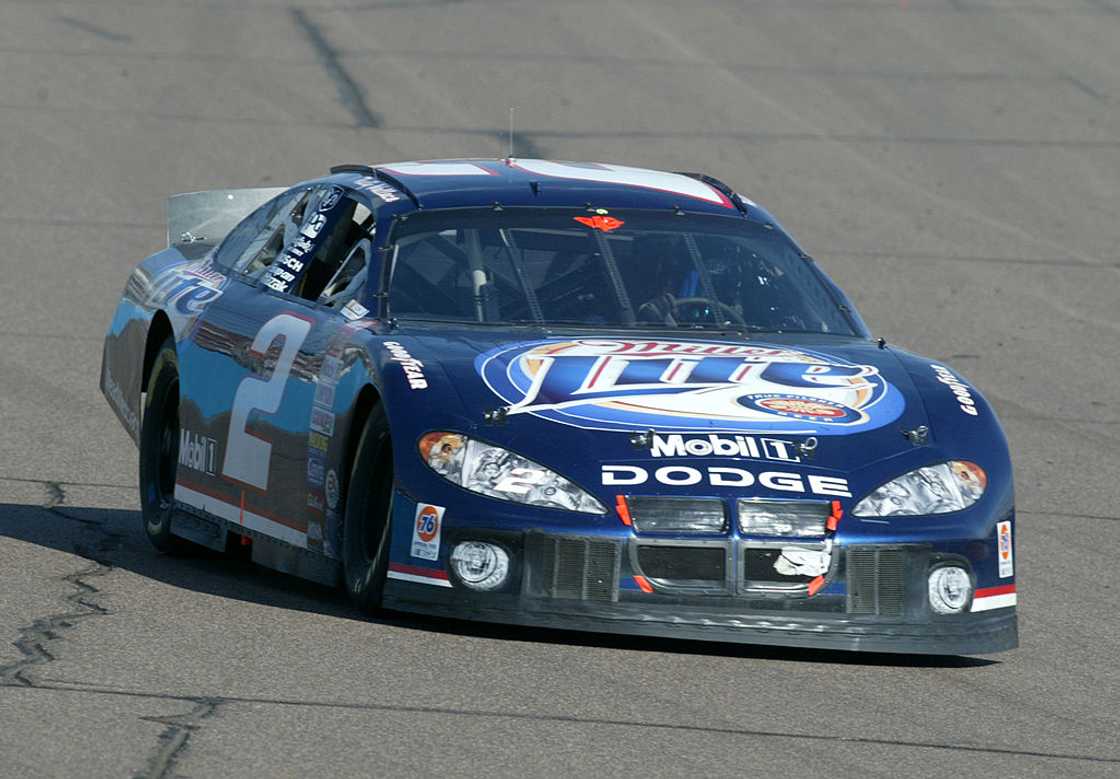
Source: Getty Images
Normally, NASCAR cars have a restrictor that slows them down and limits their speed to 200 mph. But without the restrictor, they can go over 235 mph (378 km/h).
Rusty Wallace achieved a speed of 230 mph (370 km/h) at Talladega. Race car driver Bill Elliott holds the official high speed in NASCAR qualifying at 212.809 mph (343.0 km/h), in Talladega in 1987.
How fast does an F1 car go?
F1 cars can go superfast, up to 233 mph (375 km/h) on the long, straight parts of the track. However, their average speed around an entire track is about 200 mph (322 km/h), which is 0-60 mph in 1.8 seconds of acceleration.
What is the top speed of an F1 car?
The highest official top speed record for an F1 car is 231 mph (372 km/h) by Fernando Alonso. However, the fast an F1 car go in kilometres is 378 km/h, which was achieved by Valtteri Bottas (unofficial record).
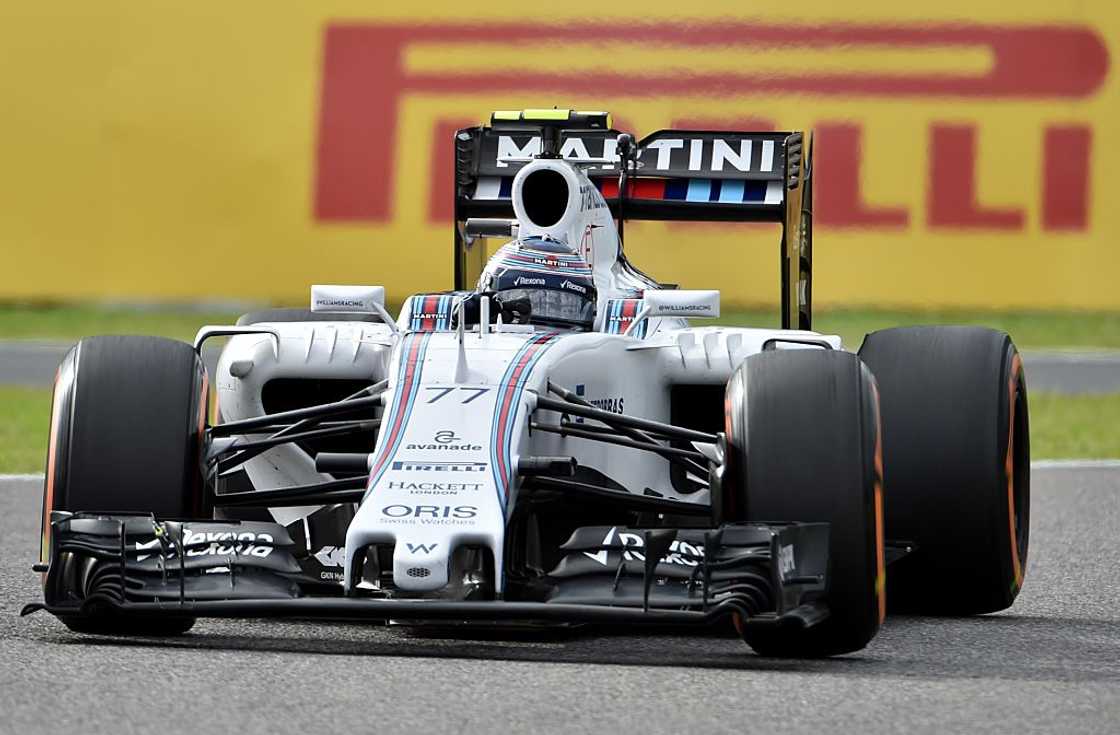
Source: Getty Images
While NASCAR cars can reach impressive speeds, F1 cars are generally faster overall. The F1 has recorded higher top speeds, average speeds, and quicker acceleration. While NASCAR thrives particularly on oval superspeedways, the F1 car can race on various road courses.
Legit.ng published an article about the fastest NFL player. The National Football League (NFL) players need to be fast, especially during the American National Football League (NFL)runs. This helps in both defence and offence during games.
The NFL is made up of physically strong players with great speed. The game is fast-paced, and players must have the strength and endurance to keep up on the field. Find out the fastest NFL players and their top speeds.
Source: Legit.ng


